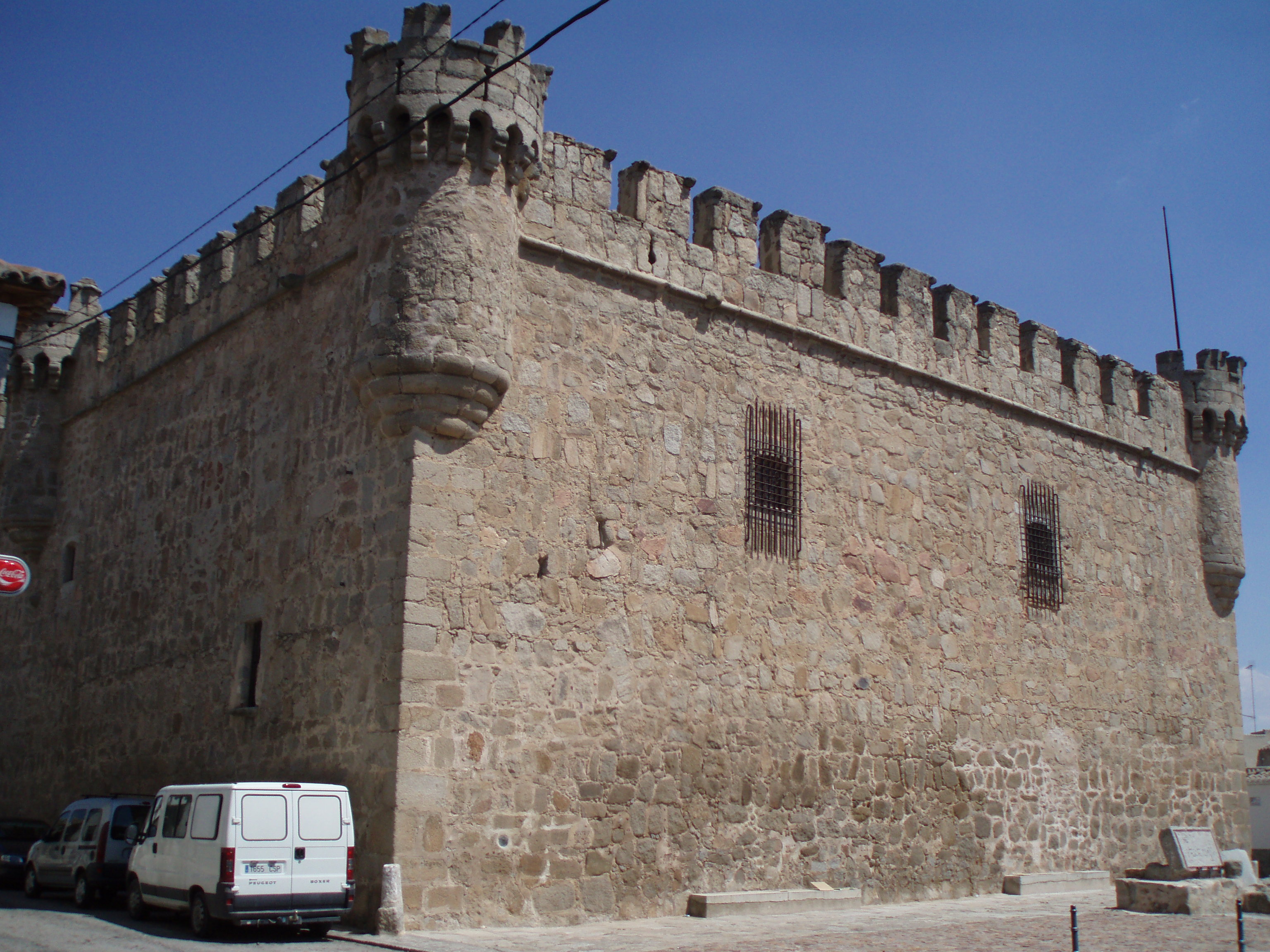Orgaz on:
[Wikipedia]
[Google]
[Amazon]
Orgaz is a municipality located in the

 The name may refer to "
The name may refer to "
Official town website (in Spanish)
Municipalities in the Province of Toledo {{CastileLaMancha-geo-stub
province of Toledo
Toledo is a province of central Spain, in the western part of the autonomous community of Castile–La Mancha. It is bordered by the provinces of Madrid, Cuenca, Ciudad Real, Badajoz, Cáceres, and Ávila. Its capital is the city of Toledo.
...
, Castile-La Mancha, Spain
, image_flag = Bandera de España.svg
, image_coat = Escudo de España (mazonado).svg
, national_motto = '' Plus ultra'' (Latin)(English: "Further Beyond")
, national_anthem = (English: "Royal March")
, ...
. According to the 2012 census
A census is the procedure of systematically acquiring, recording and calculating information about the members of a given population. This term is used mostly in connection with national population and housing censuses; other common censuses inc ...
, the municipality had a population of 2804 inhabitants, but it has since declined.
Burial of the Count of Orgaz
The town has an association withEl Greco
Domḗnikos Theotokópoulos ( el, Δομήνικος Θεοτοκόπουλος ; 1 October 1541 7 April 1614), most widely known as El Greco ("The Greek"), was a Greek painter, sculptor and architect of the Spanish Renaissance. "El ...
's famous painting "The Burial of the Count of Orgaz
''The Burial of the Count of Orgaz'' ( es, El Entierro del Conde de Orgaz) is a 1586 painting by El Greco, a prominent Renaissance painter, sculptor, and architect of Greek origin. Widely considered among his finest works, it illustrates a popul ...
", although the work in question is in Toledo rather than Orgaz. It depicts Don Gonzalo Ruíz, native of Toledo and lord of the town of Orgaz.
The lords of Orgaz built the town's castle in the 14th century.
Arisgotas
Arisgotas is a village in the municipality which is about 5km from Orgaz. It now has a population of 30, but was originally a municipality in its own right: it merged with Orgaz in the 19th century. The name may refer to "
The name may refer to "Goths
The Goths ( got, 𐌲𐌿𐍄𐌸𐌹𐌿𐌳𐌰, translit=''Gutþiuda''; la, Gothi, grc-gre, Γότθοι, Gótthoi) were a Germanic people who played a major role in the fall of the Western Roman Empire and the emergence of medieval Euro ...
" and it is known that the Visigoths
The Visigoths (; la, Visigothi, Wisigothi, Vesi, Visi, Wesi, Wisi) were an early Germanic people who, along with the Ostrogoths, constituted the two major political entities of the Goths within the Roman Empire in late antiquity, or what is k ...
settled in the area. In the 21st century a museum of Visigothic art
The Visigoths entered Hispania (modern Spain and Portugal) in 415 and they rose to be the dominant people there until the Umayyad conquest of Hispania of 711 brought their kingdom to an end.
This period in Iberian art is dominated by thei ...
was established in the village.
It features spolia
''Spolia'' (Latin: 'spoils') is repurposed building stone for new construction or decorative sculpture reused in new monuments. It is the result of an ancient and widespread practice whereby stone that has been quarried, cut and used in a built ...
from the archaeological site of Los Hitos which was formerly used as a quarry by local villagers.
At Los Hitos archaeologists have identified various Visigothic buildings including the remains of a church which was converted into a mosque during the Islamic period, which began in the 8th century.
The site fell into ruin after the conquest of Toledo by Alfonso VI of León and Castile
Alphons (Latinized ''Alphonsus'', ''Adelphonsus'', or ''Adefonsus'') is a male given name recorded from the 8th century (Alfonso I of Asturias, r. 739–757) in the Christian successor states of the Visigothic kingdom in the Iberian peninsul ...
.
References
External links
Official town website (in Spanish)
Municipalities in the Province of Toledo {{CastileLaMancha-geo-stub